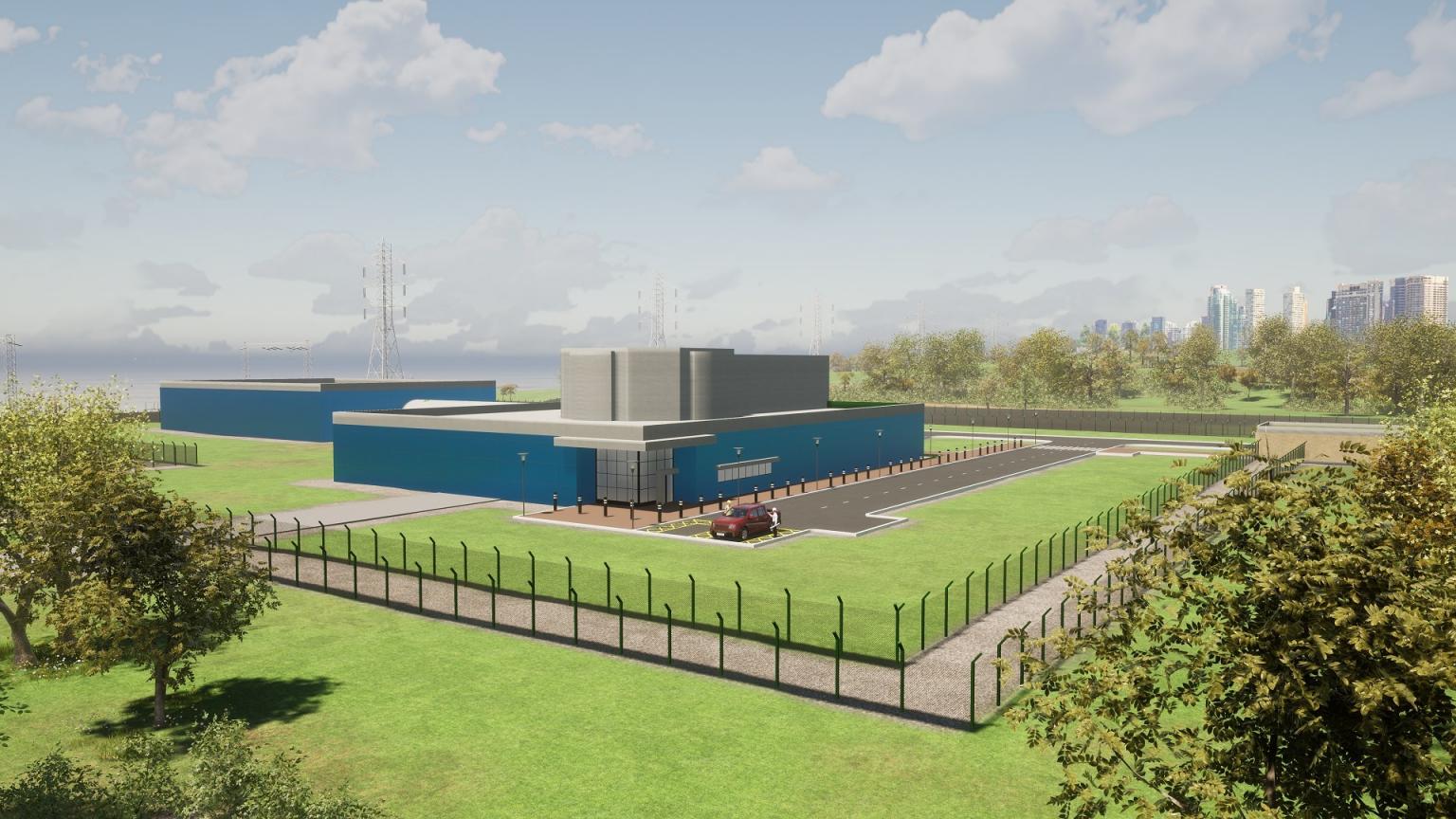
A greater desire to remove carbon from the energy generation industry has spurred renewed interest in nuclear power.
There are however still serious obstacles to overcome, including the availability of the uranium required to fuel the process.
Last week Paul Goranson, Uranium Producers of America President and Chief Operating Officer of Energy Fuels grumbled at a Senate Committee, “As I was starting my career, the US led the world in uranium production, employing over 20,000 workers and supplying almost all our own nuclear fuel, and we were a net exporter. Today, commercial reactors in the US import more than 90% of annual demand and less than 1% of the uranium they use is mined in the United States. This has left domestic production on the brink of collapse.
“US-mined production in 2019 is the lowest since 1949. The US mined only a fraction of the uranium needed to fuel even one of our 95 commercial nuclear reactors. Employment is at an all-time low, we are almost entirely dependent on imported uranium, and we rely heavily on strategic competitors to sell us uranium. Uranium imports from countries in the Former Soviet Union: Russia, Kazakhstan and Uzbekistan represent almost half of the fuel used by America's nuclear reactor fleet.
"The challenge today for any free market uranium company, whether in the US, Canada, or Australia, is that we are not competing with other free-market companies. We are competing with governments that seek to use energy as political capital. State-owned enterprises are not price sensitive. When global prices plummeted a decade ago, free market companies were forced to reduce production and lay off workers, while Russia, Kazakhstan and Uzbekistan increased their production, drove down prices, and took control of global supply chains. The potential expiration of the Russian Suspension Agreement at the end of 2020 will only hasten the demise of the US industry. The agreement already guarantees Russia 20% of the US market, but Russia has already contracted to increase imports significantly should the agreement expire.”
One solution is to not rely on fresh uranium at all. Moltex Energy and Jacobs are teaming up to develop a new concept: the Stable Salt Reactor.
The latter is going to build a thermal transfer test site at its Birchwood Park research and development facility in England. It is designed to generate low cost electricity by burning processed spent fuel pellets which would otherwise have to be stored as radioactive waste.
Jacobs Critical Mission Solutions International Senior Vice President Clive White noted, “We're looking forward to continuing our support for Moltex into this new phase of development as part of our strategy to be a solutions provider at the cutting edge of research into advanced reactors. The Stable Salt Reactor design is significant because of its potential to recycle waste in a clean, safe and economical way, generating electricity which will power communities while reducing carbon emissions."
















